
|
|
|
| synonym |
Euscelis aemulans |
| description |
Adults can be either brachypterous or macropterous. They are stramineous in color with black-fuscous markings, with brachypters more heavily marked with blackish color than macropters. Adults are 4.0-4.5 mm for brachypters and 5.0-6.0 mm for macropters (Berine, 1956). On the pronotum, there are a series of dark marks extending longitudinally. The vertex has a single dark spot to the side of the eyes, and various dark markings near the apex. The female pregenital sternite is concave, with a median short projecting tooth; the portion of the sternite around the tooth is black. The male subgenital plates are rounded, with setae along the lateral margins.
For diagrams of this species, see: TaxonPages. |
| distribution |
Native to the Western Palearctic, adventive in North America. Transcontinental in Canada, and primarily recorded from New England within the United States (Chandler & Hamilton, 2017), recently expanding into the Southeast. |
| abundance |
Rare, this species has only recently been recorded in the state from the mountains (likely a recent arrival); perhaps more abundant in this region. |
| seasonal_occurrence | |
| habitat |
Damp, grassy areas (Chandler & Hamilton, 2017) |
| plant associates |
Has been recorded from grasses (velvet grasses, quack grass, etc.) (Chandler & Hamilton, 2017) |
| behavior |
|
| comments |
This is a ground-loving species that is rarely captured while sweep netting (and therefore it is infrequently encountered; females tend to be caught in nets). Pan traps in grassy areas are particularly effective for capturing this species, especially males. (Chandler & Hamilton, 2017) |
status |
[Native:]
[Introduced:]
[Extirpated:] | | list_type |
[Official:]
[Provisional:] |
| adult_id | Unmistakable and widely known Identifiable from good quality photos of unworn specimens
Identifiable from photos showing undersides, or other specialized views [e.g., legs, face]
Identifiable only by close inspection of structural features or by DNA analysis NULL |
| nymph_id | Unmistakable and widely known Identifiable from good quality photos, especially where associated with known host plants
Identifiable from close inspection of specimens or by DNA analysis
Identifiable only through rearing to adulthood NULL |
| G_rank |
|
| S_rank |
|
| rank_comments |
|
| tribe |
Athysanini |
| subgenus |
|
Species Photo Gallery for Streptanus aemulans No Common Name |
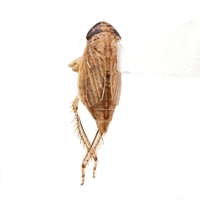 | Photo by: Kenneth Geisert
Avery Co.
Comment: Brachypterous; NCSU ENT604 course; Col. Kenneth A. Geisertrnrnhttps://www.inaturalist.org/observations/245675357 - unid_leafhopper | 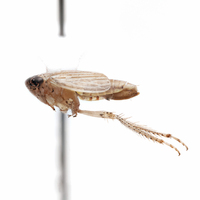 | Photo by: Kenneth Geisert
Avery Co.
Comment: Brachypterous; NCSU ENT604 course; Col. Kenneth A. Geisertrnrnhttps://www.inaturalist.org/observations/245675357 - unid_leafhopper |
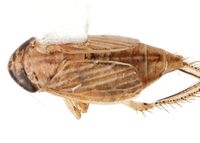 | Photo by: Kenneth Geisert
Avery Co.
Comment: Brachypterous; NCSU ENT604 course; Col. Kenneth A. Geisert; https://www.inaturalist.org/observations/245675357 | 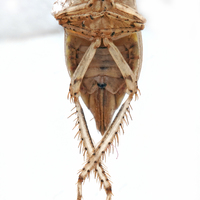 | Photo by: Kenneth Geisert
Avery Co.
Comment: Brachypterous; NCSU ENT604 course; Col. Kenneth A. Geisertrnrnhttps://www.inaturalist.org/observations/245675357 - unid_leafhopper |
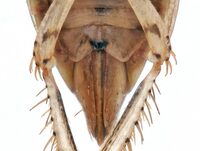 | Photo by: Kenneth Geisert
Avery Co.
Comment: Brachypterous; NCSU ENT604 course; Col. Kenneth A. Geisert; https://www.inaturalist.org/observations/245675357 |

 »
»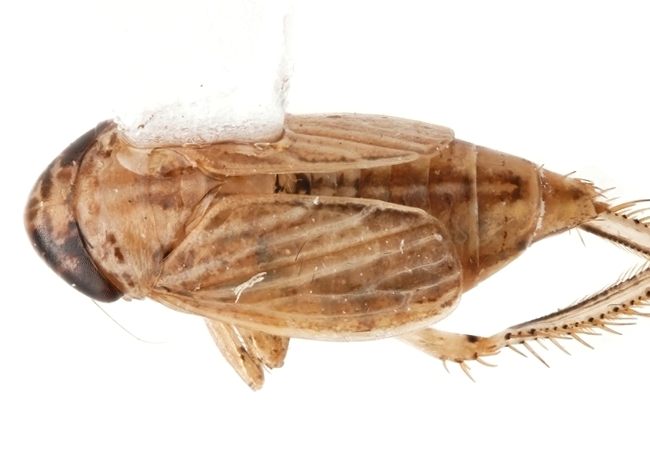
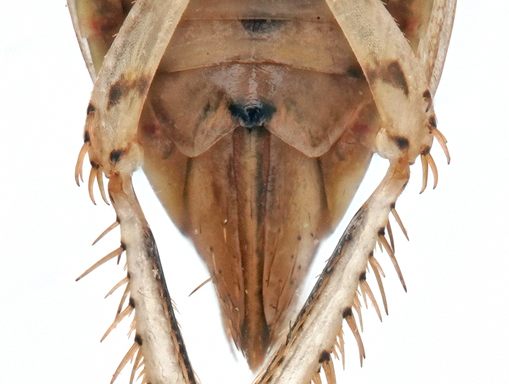

 »
»
